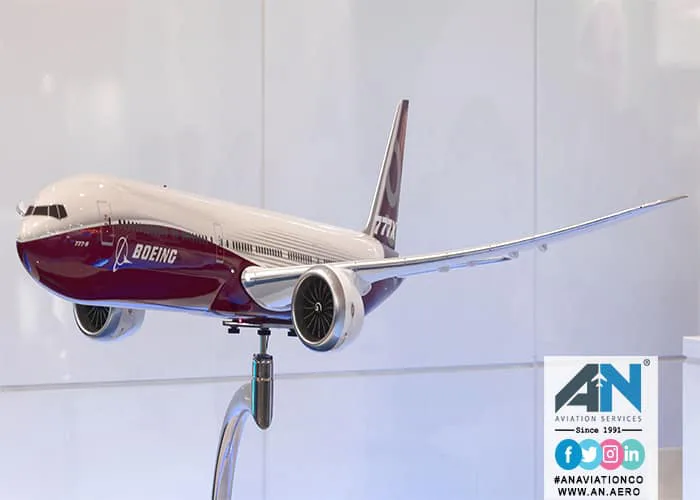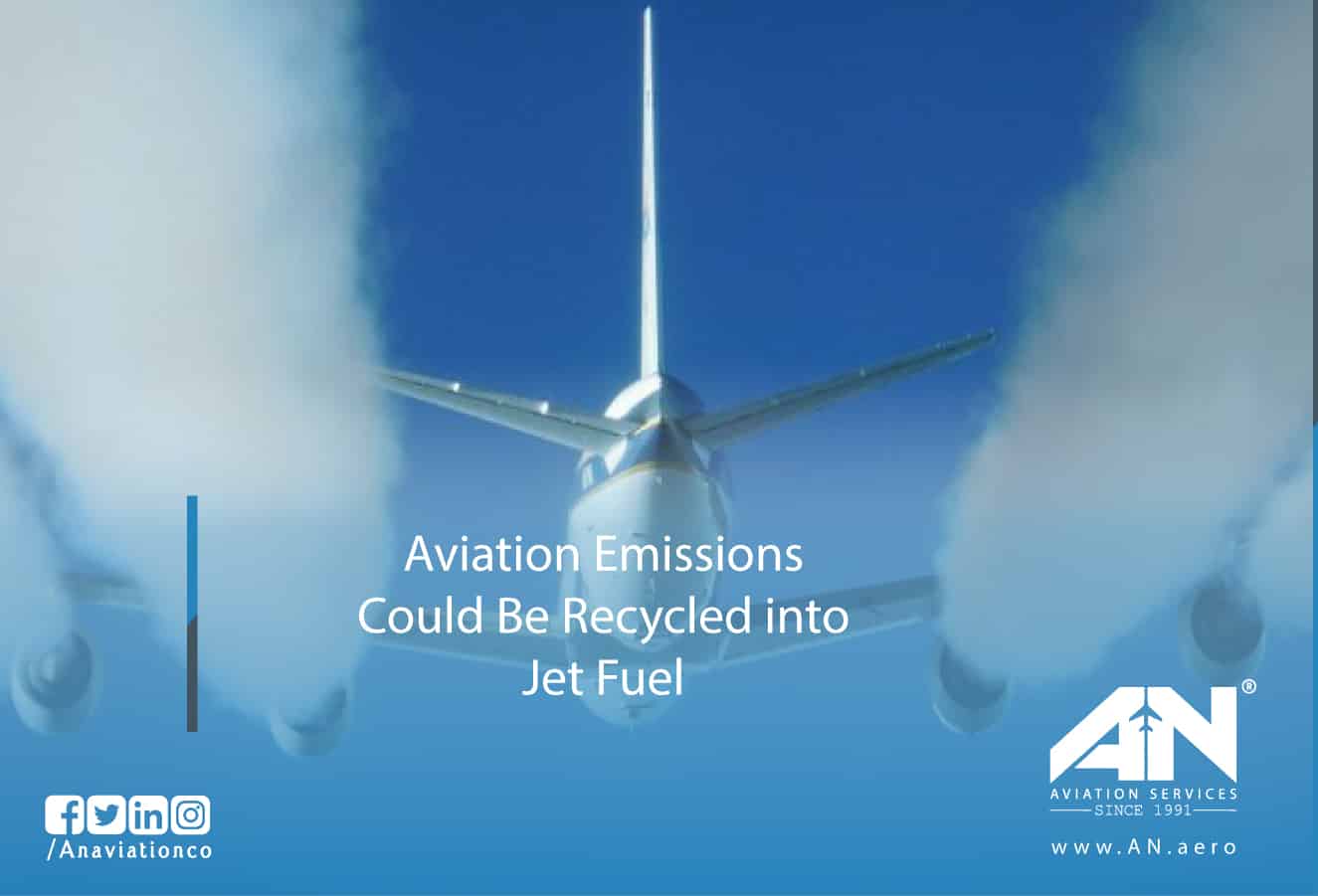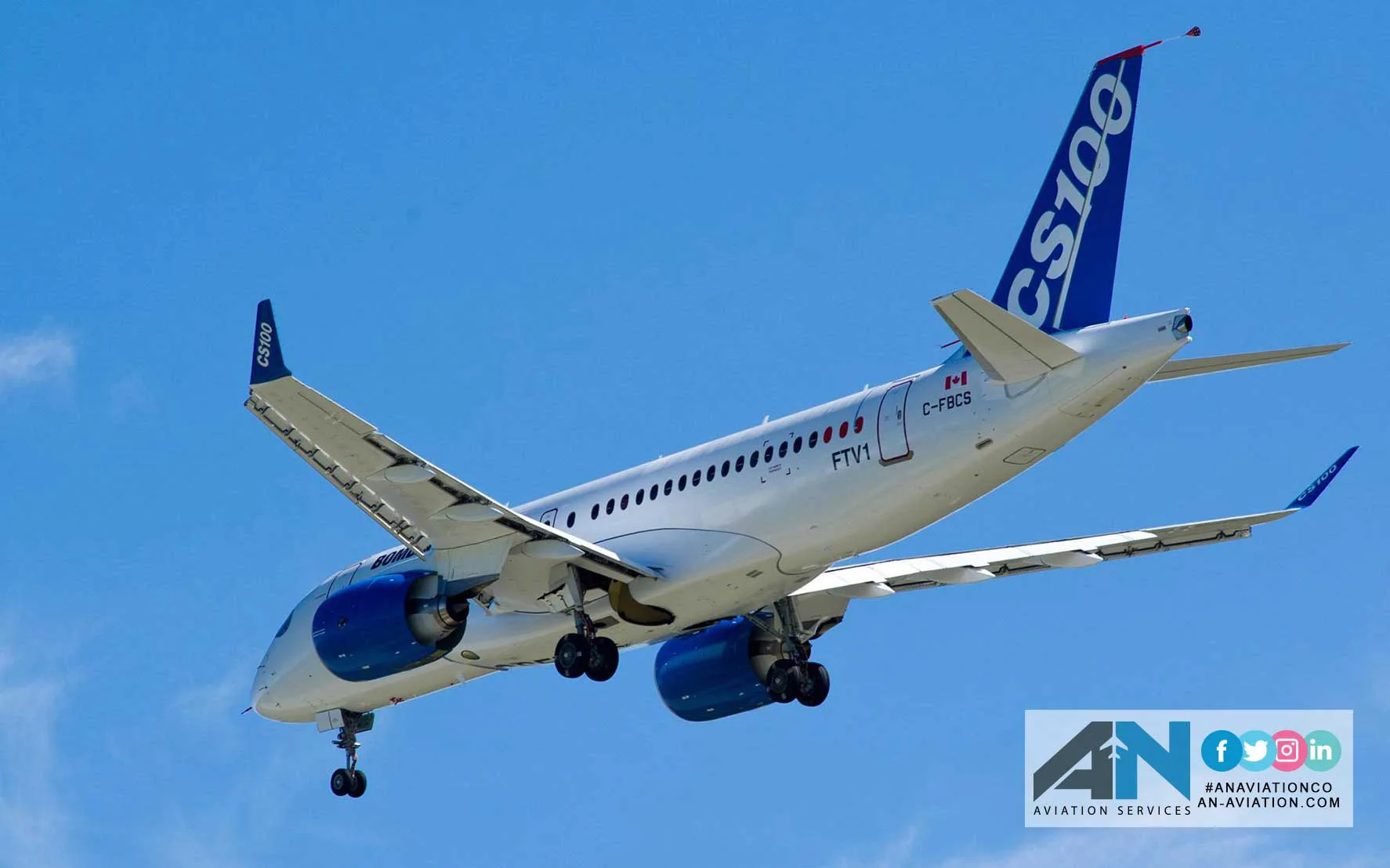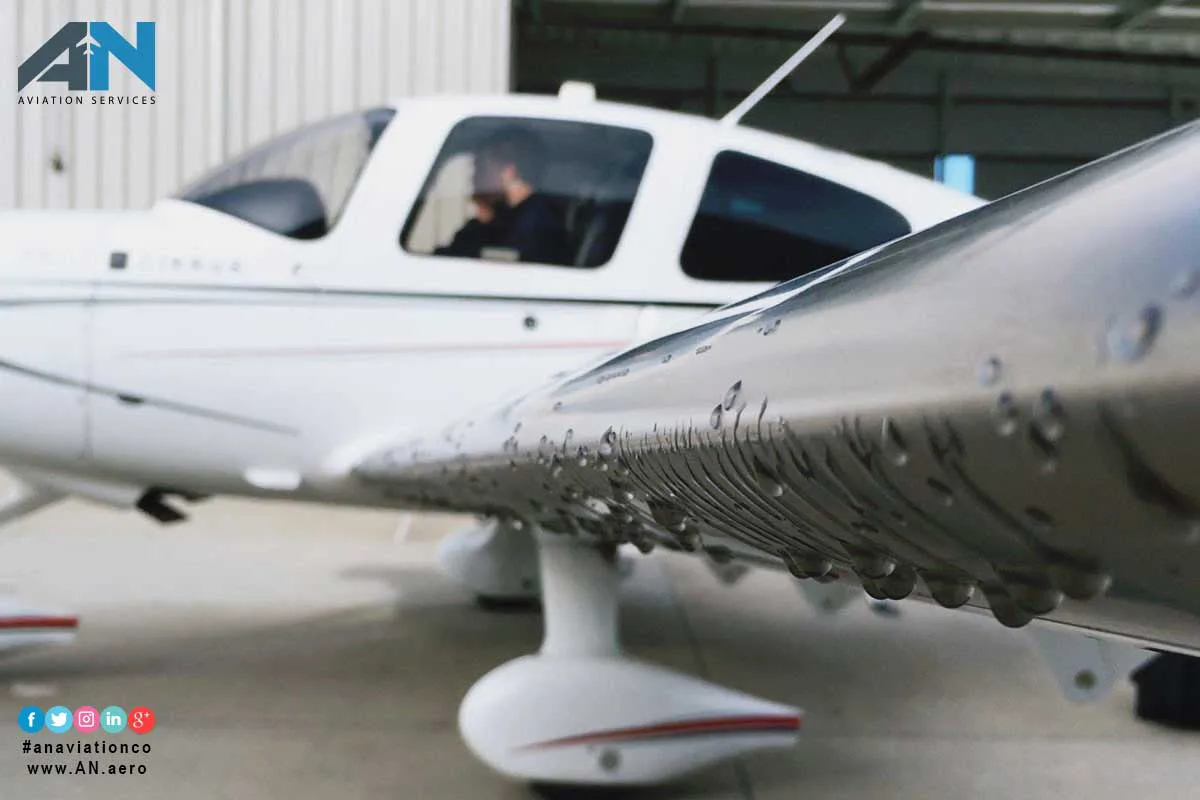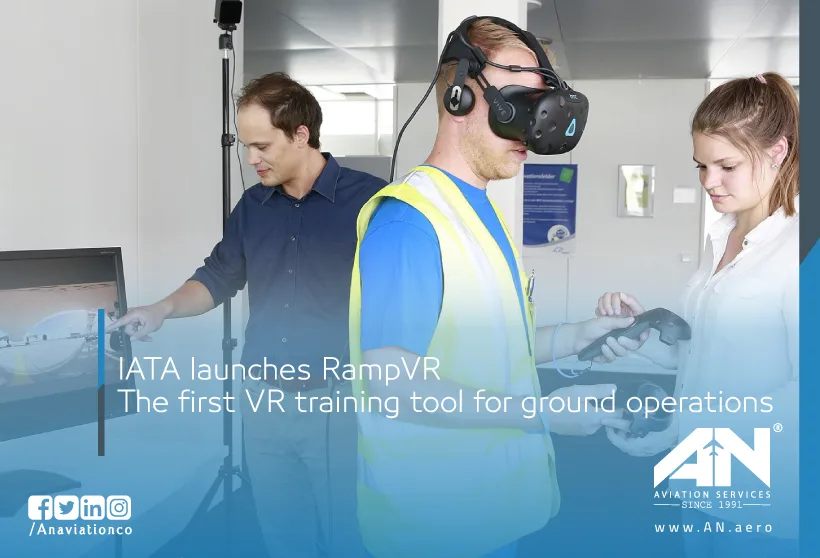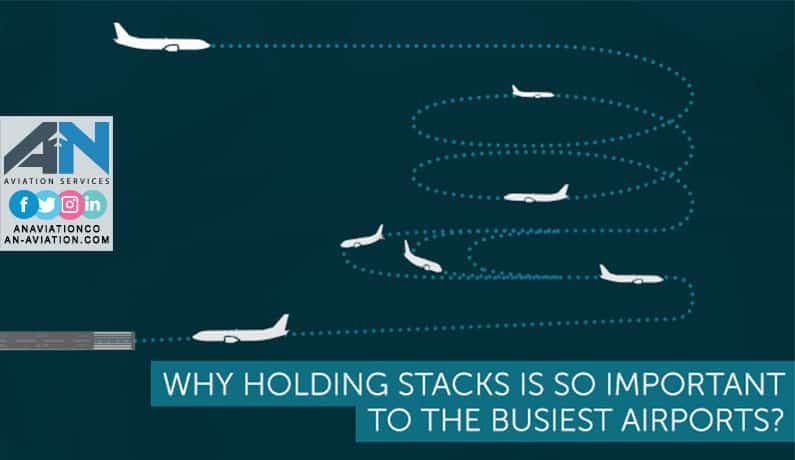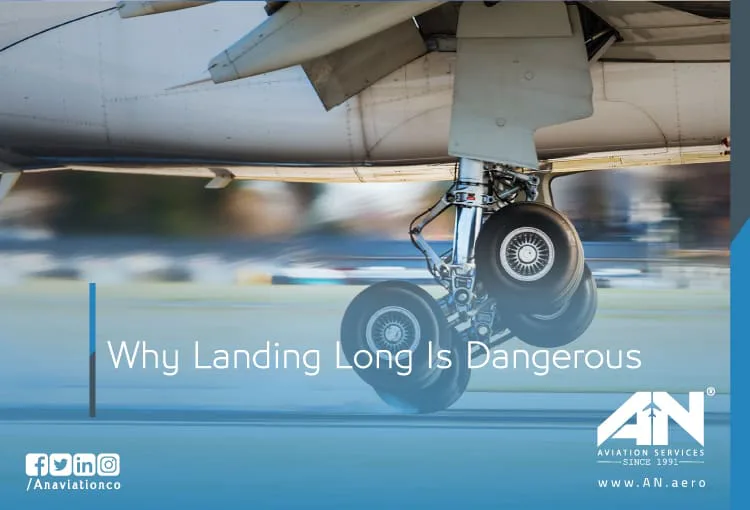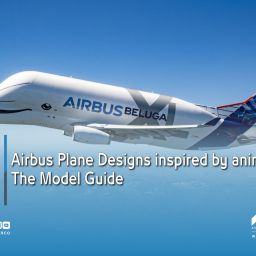
Flying through the skies often comes with its challenges, especially when visibility is reduced, or weather conditions make it impossible for pilots to navigate using visual references. This is where the concept of Instrument Meteorological Conditions (IMC) plays a crucial role in aviation. IMC refers to weather conditions that require pilots to rely entirely on their flight instruments instead of visual cues. This blog explores the intricacies of IMC, its relationship with Instrument Flight Rules (IFR), and how pilots are trained to handle these situations safely.
What Are Instrument Meteorological Conditions (IMC)?
In aviation, Instrument Meteorological Conditions (IMC) describe weather conditions where the visibility is too poor for pilots to navigate using their natural vision. Such situations occur when there’s heavy cloud cover, fog, rain, snow, or other adverse weather phenomena that obstruct the pilot’s ability to see the horizon, terrain, or other aircraft.
To fly under IMC, pilots must transition from relying on Visual Meteorological Conditions (VMC) to Instrument Flight Rules (IFR), which are regulations that mandate the use of flight instruments to ensure safety. Unlike Visual Flight Rules (VFR), where pilots rely on visual references to navigate and maintain separation from obstacles, IFR flights depend on data from cockpit instruments and coordination with Air Traffic Control (ATC).
When Do IMC Conditions Require IFR?
The Federal Aviation Administration (FAA) specifies the conditions under which flights must be conducted under IFR. These include:
- Visibility and Cloud Cover: IMC occurs when visibility drops below 3 statute miles, or cloud ceilings are lower than 1,000 feet above the ground. Pilots must be able to rely on flight instruments in such situations since visual references become unreliable.
- Flying Into Clouds: One of the most common IMC scenarios is when pilots must fly through thick cloud layers. In such cases, there are no visible landmarks or a clear horizon, which makes relying on visual cues impossible.
- Adverse Weather Conditions: Fog, heavy rain, or snow can create hazardous visibility issues, requiring IFR navigation to ensure flight safety.
IMC vs. VMC: Understanding the Key Differences
The distinction between IMC (Instrument Meteorological Conditions) and VMC (Visual Meteorological Conditions) is fundamental in aviation. VMC refers to weather conditions that allow pilots to navigate using visual references, such as the horizon, landmarks, or other aircraft. On the other hand, IMC necessitates reliance on cockpit instruments due to poor visibility.
For example, a pilot operating under VFR (Visual Flight Rules) can maintain safe separation from obstacles and traffic visually. However, once the aircraft enters IMC, the lack of visual references makes it unsafe to continue using VFR, and the pilot must switch to IFR to navigate effectively and safely.
How Do Pilots Fly Safely in IMC?
Flying under Instrument Meteorological Conditions requires specialized training and certification. Pilots must obtain an Instrument Rating in addition to their basic pilot license to operate in IMC. Here’s how pilots navigate IMC safely:
- Relying on Flight Instruments: Pilots use advanced instruments such as the attitude indicator, altimeter, airspeed indicator, and navigation systems to maintain control of the aircraft. These instruments provide real-time data about the aircraft’s position, altitude, and direction, which is critical when flying without visual references.
- Coordination with Air Traffic Control (ATC): Under IFR, pilots are in constant communication with air traffic controllers, who provide guidance, instructions, and traffic separation. This ensures that the aircraft maintains a safe distance from other planes and obstacles, even in poor visibility.
- Weather Monitoring: Pilots rely on weather updates from ATC and onboard systems to anticipate and navigate through adverse conditions. Advanced weather radar systems can detect storm cells, turbulence, and other hazards, enabling pilots to make real-time adjustments to their flight path.
- Special Training for Private Pilots: Private pilots who wish to fly in IMC must undergo rigorous training to obtain an Instrument Rating. This training focuses on interpreting instrument data, practicing approaches, and maintaining control of the aircraft in challenging weather conditions.
The Role of Technology in IMC Navigation
Modern technology has significantly improved the safety and efficiency of flying in Instrument Meteorological Conditions. Some key advancements include:
- Terrain Awareness and Warning Systems (TAWS): These systems alert pilots to potential terrain collisions, providing additional safety in low-visibility situations.
- Autopilot Systems: Many modern aircraft are equipped with autopilot systems that can manage much of the workload during IFR operations, allowing pilots to focus on critical decision-making.
- Enhanced Weather Radar: Onboard weather radar provides real-time data about weather conditions, helping pilots avoid storm cells and turbulence.
Why IMC Training is Crucial?
Flying in Instrument Meteorological Conditions is one of the most challenging aspects of aviation. It demands not only technical proficiency but also a calm and focused mindset. Pilots who are not trained for IMC often face disorientation, a phenomenon known as spatial disorientation, where the lack of visual references makes it difficult to determine the aircraft’s orientation relative to the ground.
IMC training teaches pilots how to trust their instruments, even when their natural instincts suggest otherwise. This training is essential for maintaining control of the aircraft and ensuring the safety of passengers and crew.
Conclusion
Instrument Meteorological Conditions (IMC) are an integral part of aviation, particularly for pilots navigating through poor weather or low visibility. With the support of Instrument Flight Rules (IFR), advanced technology, and specialized training, pilots are equipped to handle these challenging conditions safely and efficiently.
As aviation continues to evolve, the integration of cutting-edge systems and comprehensive training programs ensures that flying in IMC remains one of the safest modes of transport. Whether you’re a passenger or a budding pilot, understanding the intricacies of IMC sheds light on the incredible effort and technology that keep us safe in the skies.


